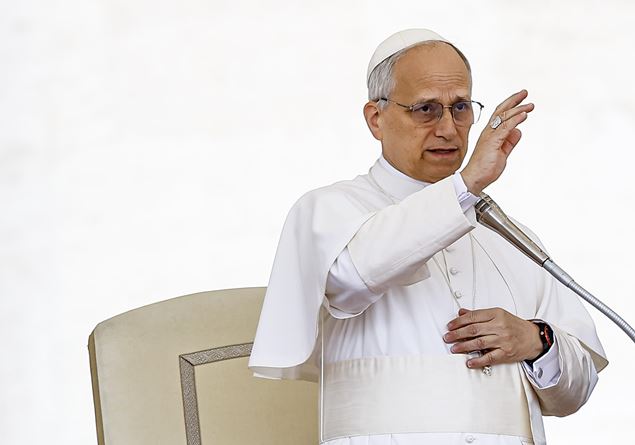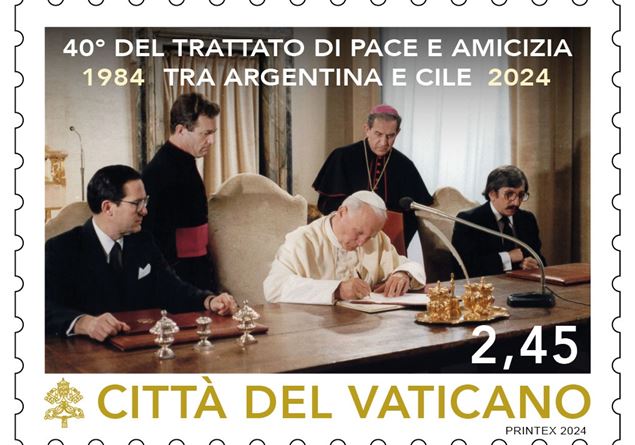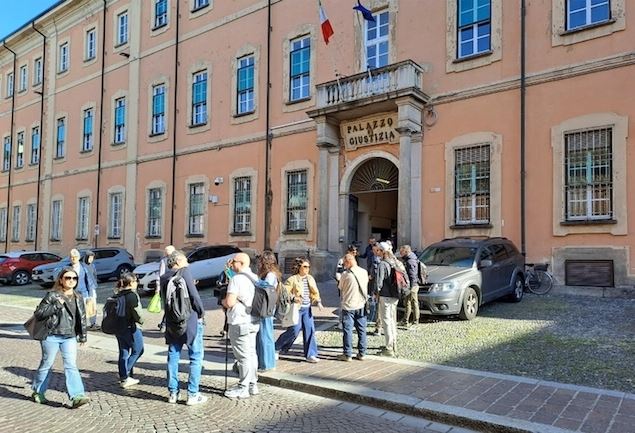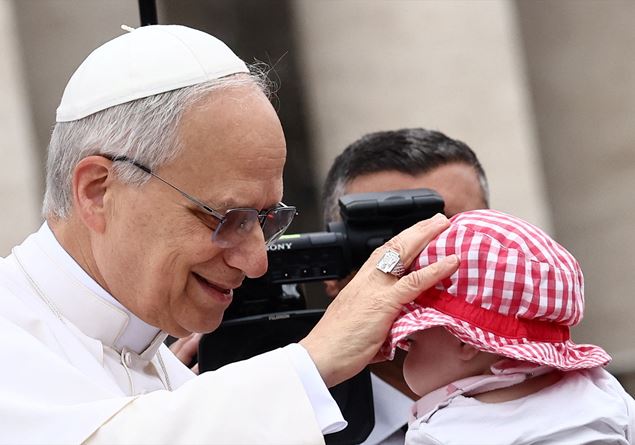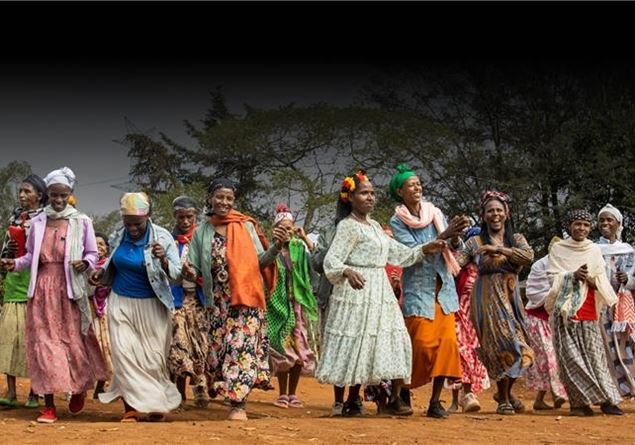“The second one is appearing!” So Cardinal Domenico Tardini (1888-1961), Vatican Secretary of State from 1958 to death, responded once to a South American diplomat who exalted Vatican diplomacy as “the first in the world”. Tardini was a true Roman with a ready joke, but somehow invited to reflect on the limits and difficulties that also encounters the diplomatic activity of the Holy See.
While in these days we speak of a possible Vatican mediation for the conflict in Ukraine (but Russia declares that it has not received any proposal) it is useful to remember when, in history, Vatican mediation in international disputes has worked.
A case saw another Pope Leone, Leo XIII, intervened to resolve the contrast between Prussia and Spain for sovereignty on the Caroline islands. The Casus Belli was the landing, on August 24, 1885, of Prussian troops on the Caroline islands, an archipelago of the Pacific Ocean conquered by the Spaniards in 1686. The Cardinal Mariano RampollaApostolic nuncio in Spain, immediately activated himself by keeping Leo XIII informed. The mediation request came from the German Chancellor Bismarck. As the Jesuit historian Fernando de Lasala reconstructed, on 22 October 1885 Leo XIII issued a “Laudo”.
“In this document”, writes the historian, “Leo XIII without discussing the various topics presented by the parties in dispute, proposed a convergence that would have had its foundation on two points of support: first of all, the recognition of the Spanish sovereignty on the Caroline and Palaos islands, together with the consequent obligation by Spain to complete this sovereignty. Secondly, the freedom of commerce and fishing in favor of Germany, A naval coal station on the island of Yap.
In the twentieth century, a happily resolved dispute involved Chile and Argentina. The controversy concerned sovereignty on a small, but strategically important, part of the territory (the beagle canal and three adjacent islets) located in the land of fire, at the southern end of Latin America. The crisis, which was dragged since the nineteenth century, became acute in 1978 when Argentina and Chile, then two countries under the yoke of the military dictatorship, arrived on the verge of armed conflict.
The growing tension between the two Catholic countries pushed the Church to make her voice heard. Between September and December 1978 there were first a joint pastoral letter from the Argentine and Chilean bishops; Then a “paternal exhortation” of John Paul I to the episcopate of the two countries (signed on September 20, it is probably the only intervention in the diplomatic field in the very short pontificate of Pope Luciani, which lasted 33 days); Finally, an appeal by John Paul II to the presidents of Chile and Argentina “with the lively hope of seeing the controversy that divides your countries and that so narrow my soul”. Thus, in December 1978, Cardinal Agostino Casaroli, secretary of state, announced to the ambassadors of Chile and Argentina at the Holy See the Pope’s intention to send “a mission of peace and friendship to Santiago and Buenos Aires”. The correspondent of John Paul II was Cardinal Piacenza Antonio Samoré, born in 1905, in diplomacy since 1932, one of the most expert diplomats of the Holy See.
Vatican mediation was made official on January 8, 1979 with the Montevideo agreements. The negotiations conducted by Cardinal Samoré led to the declaration of peace and friendship of 23 January 1984 and finally to the Treaty signed in the Vatican by the Argentine and Chilean foreign ministers on 29 November 1984. In a speech of November 30 John Paul II expressed his “profound satisfaction” for “the treatise of peace and friendship that will definitely end the southern dispute that for many years has disturbed the traditionally good relationships existing between your two countries since their origins”.
The 40th anniversary of the Treaty was celebrated in November last year in the presence of Pope Francis and a commemorative stamp for the occasion was issued.

